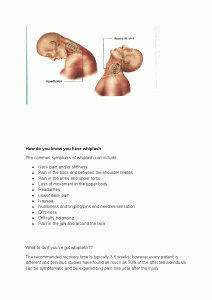 Ouch my neck hurts….. Whiplash injuries results when the neck is suddenly ‘snapped’ in a whipping motion, such as during a road traffic accident.
Ouch my neck hurts….. Whiplash injuries results when the neck is suddenly ‘snapped’ in a whipping motion, such as during a road traffic accident.
This is a pretty common site on our roads these days with the annual incidence of whiplash associated disorders in Western countries estimated to be at least 300 per 100,000 inhabitants
How do you know you have whiplash?
The common symptoms of whiplash can include:
- Neck pain and/or stiffness
- Pain in the back and between the shoulder blades
- Pain in the arms and upper torso
- Loss of movement in the upper body
- Headaches
- Lower back pain
- Nausea
- Numbness and tingling/pins and needles sensation
- Dizziness
- Difficulty balancing
- Pain in the jaw and around the face
What to do if you’ve got whiplash??
The recommended recovery time is typically 3-6 weeks, however every patient is different and previous studies have found as much as 50% of the affected individuals can be symptomatic and be experiencing pain one year after the injury.
If left untreated, it will only become more uncomfortable and then could result in more serious problems.
It is therefore crucial that whiplash victims seek immediate medical attention and treatment from a chartered physiotherapist in an effort to prevent long term chronic pain and problems.
What can a Chartered Physiotherapist do for you??
Initially the best treatment is to wear a soft collar until the inflammation settles.
A chartered Physiotherapist can then use such treatment techniques as
- Mobilisations-technique used to release stiff joints
- Traction- will allow for a prolonged stretch of the neck
- Massage- technique used to release tight muscles
- Dry needling- using a needle to release the specific area of muscle tension
- Exercises- prescribe a series of stretches to improve the movement in the neck
Exercise is vital after whiplash injury, but the wrong movements can be detrimental
The DO’s and DON’Ts to keep in mind and follow when exercising your neck after whiplash injury;
- Listen to your body and don’t push yourself too far.
- Take it slowly and set yourself daily and weekly goals.
- Some days will be better than others so don’t get too frustrated if some days some exercises are harder.
- Avoid heavy lifting or exercises that will put strain on your back, neck or head.
- Avoid contact sports.
- Avoid sit-ups and other neck straining activities.
- If you are sitting for a prolonged amount of time, for example if you sit at a desk or computer, make time for frequent breaks and stretch your legs and upper body.
- Avoid jerky and sudden movements.
- When doing any exercise, try to breath slowly and deeply, exhaling as you stretch your muscles and inhaling as you relax.
- Remember, whatever exercise you are doing, if you feel increased pain, your body is telling you to stop
If you have any further questions about whiplash don’t hesitate to contact us or book online to see one of our physiotherapists.
References
Brukner and Khan, Clinical Sports Medicine. www.injuriesboard.ie
Prognosis of patients with whiplash-associated disorders consulting physiotherapy:
development of a predictive model for recovery. BMC Musculoskelet Disord. 2012
Dec 29;13(1):264.
Managing Injuries of the Neck Trial: a randomised controlled trial of treatments for
whiplash injuries. Health Technol Assess. 2012 Dec;16(49):1-141.
read more

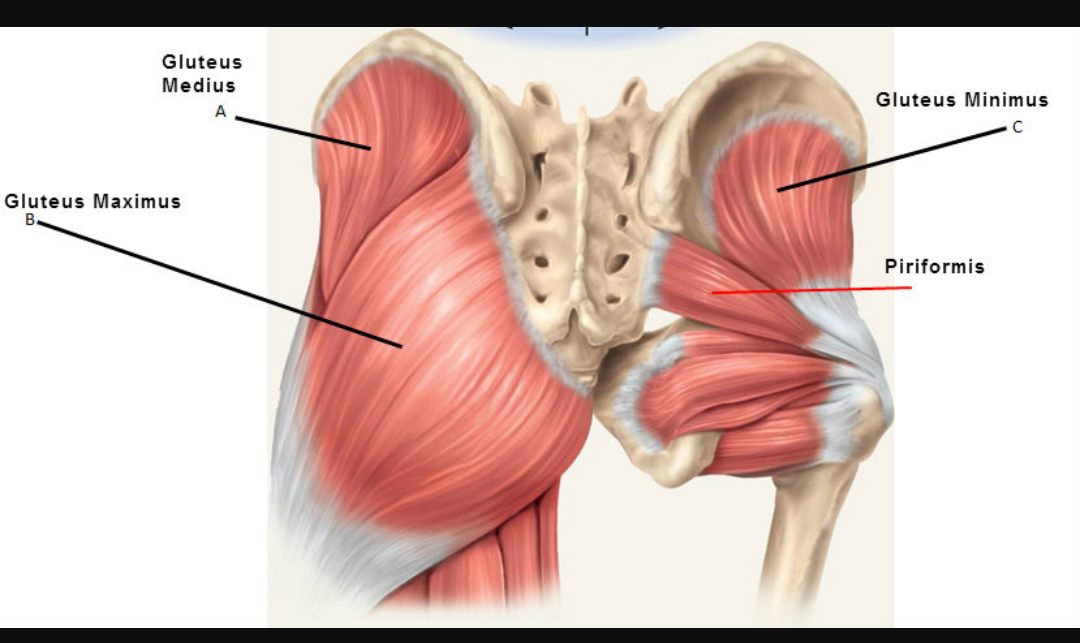
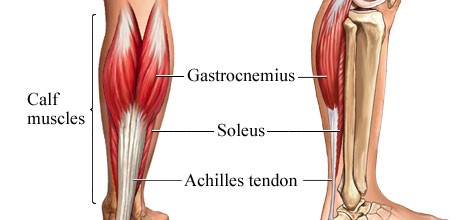
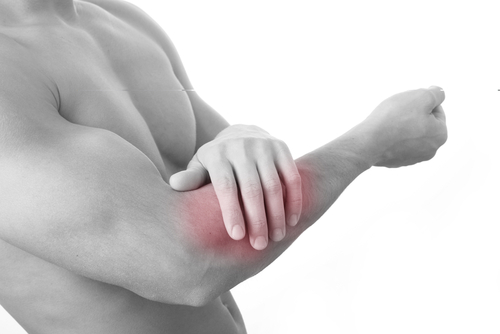
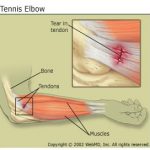
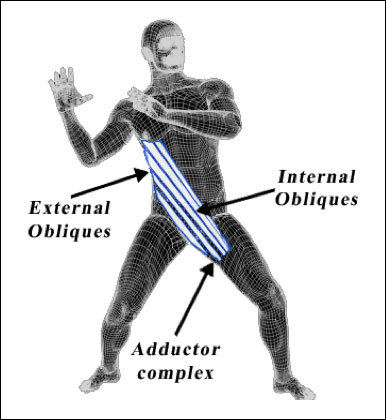
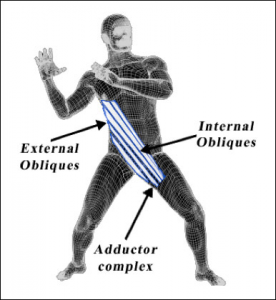

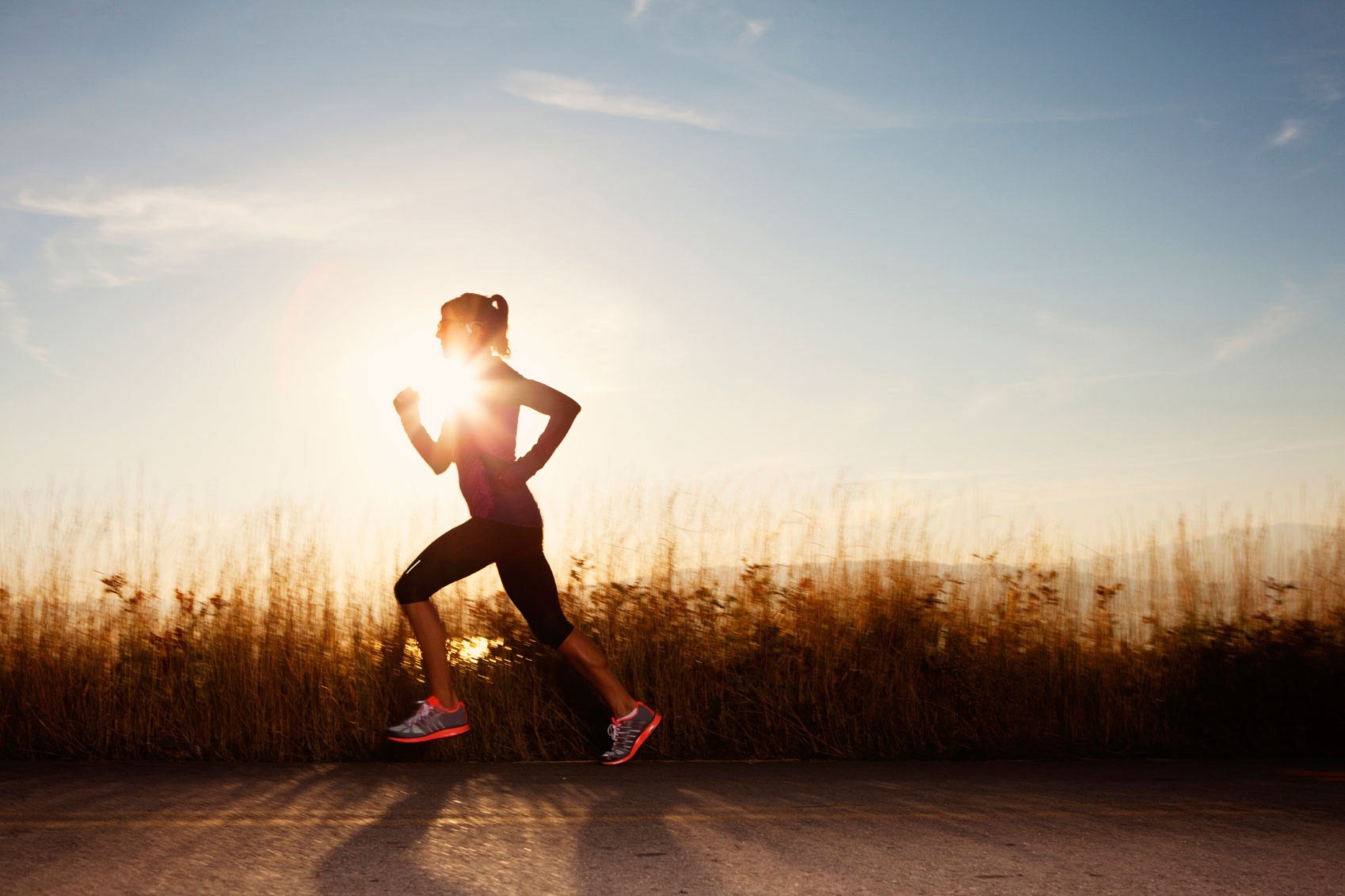
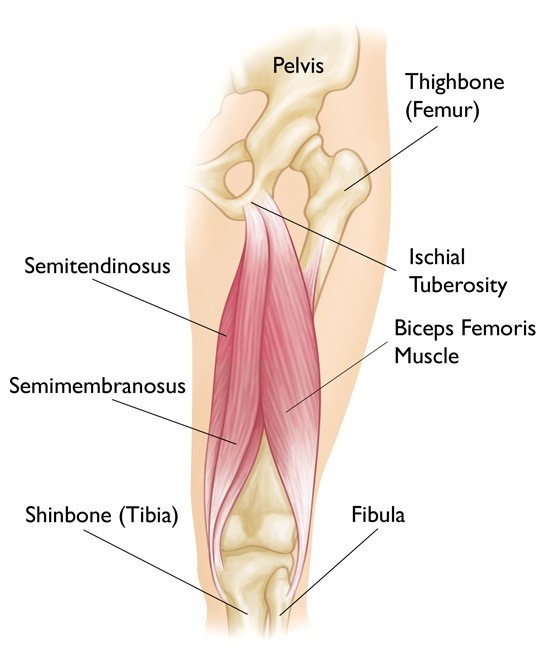


 Ouch my neck hurts….. Whiplash injuries results when the neck is suddenly ‘snapped’ in a whipping motion, such as during a road traffic accident.
Ouch my neck hurts….. Whiplash injuries results when the neck is suddenly ‘snapped’ in a whipping motion, such as during a road traffic accident.

